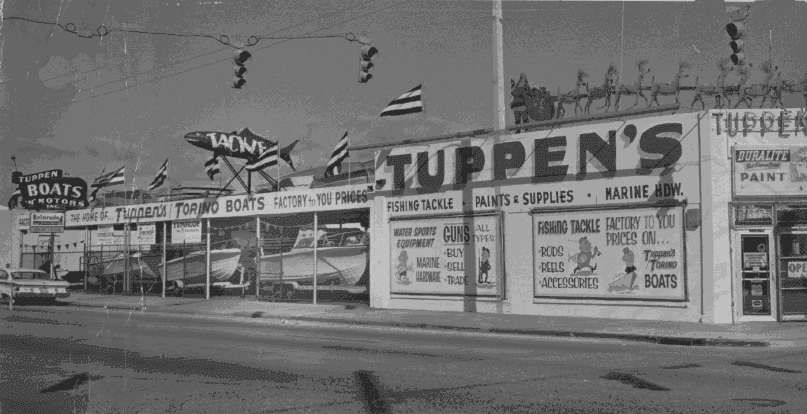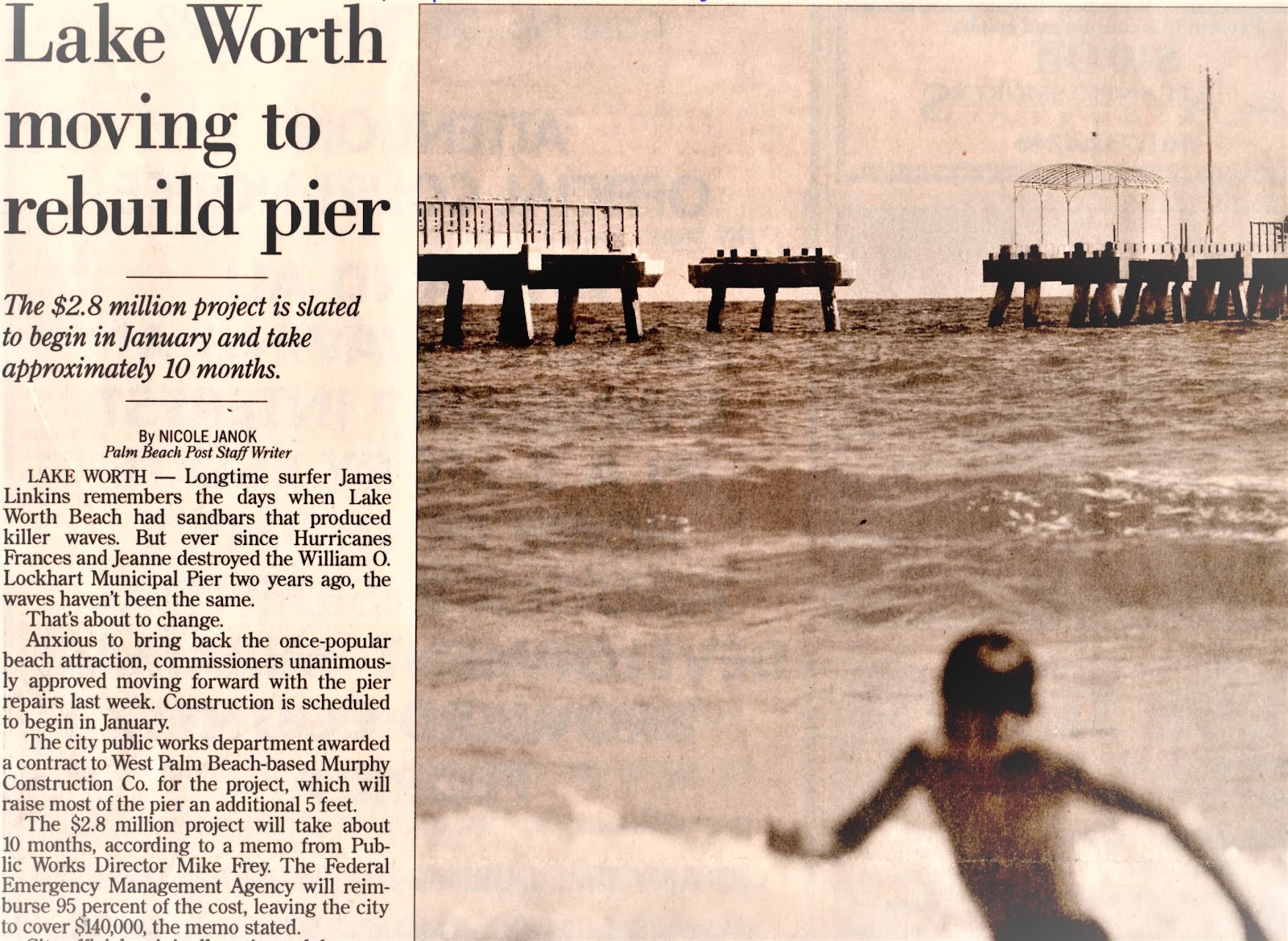 This is the report that the City Commission will be reviewing tomorrow from Fishkind and Associates. It was undertaken to determine if the city's redevelopment plans for the beach were supportable based on revenue generation compared with costs and on-going expenditures. It is considered a "draft" report and the Commission will have an opportunity to direct the final version based on their discussion tomorrow. (Click title for link to full back-up)
This is the report that the City Commission will be reviewing tomorrow from Fishkind and Associates. It was undertaken to determine if the city's redevelopment plans for the beach were supportable based on revenue generation compared with costs and on-going expenditures. It is considered a "draft" report and the Commission will have an opportunity to direct the final version based on their discussion tomorrow. (Click title for link to full back-up)Note that this includes only the revenues and expenses related to the building - not the 19 acre property. It's my recollection that the Commission directed Fishkind to include site development costs as well. Perhaps that will be part of the later edition?

 The above tables reflect the project that calls for the rehabilitation of the building. The key assumptions here are that there is no additional square footage added to the building. It assumes retail and commercial space of 8,477 sq. ft. and ballroom space of 5,000 sq. ft. The persquare foot rent for seven tenants is pegged at $25 per square foot - with the exception of one tenant at $30 per square foot. Good question to ask: Why?
The above tables reflect the project that calls for the rehabilitation of the building. The key assumptions here are that there is no additional square footage added to the building. It assumes retail and commercial space of 8,477 sq. ft. and ballroom space of 5,000 sq. ft. The persquare foot rent for seven tenants is pegged at $25 per square foot - with the exception of one tenant at $30 per square foot. Good question to ask: Why?The rehabilitation - and that is what it is, not a restoration - is estimated to range from $7 million to $14 million. For purposes of this analysis, they chose $10 million. This I consider a "plug" figure at this point. There are so many unforeseen conditions in the existing building and the project would trigger compliance with contemporary windload and coastal construction requirements. I think that's on the low side and would use a conservatively higher figure than the one that Fishkind used. This would show a greater deficit that than shown in their analysis.
A new expense is added to the equation and that is an allowance for "Common Area Maintenance" or CAM. This is something that the City has historically either not done or not done well or enough. That figure amounts to $6.89 per square foot and is passed on directly for maintenance activities, but is paid by the tenant.
Fishkind says that the city would use the $1 million that is already has socked away for the beach project plus $9 million in 30 year bonds at 5.4% interest. Remember, this is JUST for the BUILDING with no site improvement costs. Remember, the city is hanging on to a thread of hope that we will retain the $5 million from Palm Beach County for site improvements - but that may be only half of what we ultimately need.
When you subtract the debt service from the net revenue (negative), the resulting millage impact (contribution from the General Fund) would be equal to .164 mills on a city-wide basis.
Now, again, in my mind the $10 million to rehabilitate the building is a "plucked from the sky" figure and would likely be much higher.

 The above table reflects financial impact of the project if a new building is built. This was according to Commission direction, with a substantial push from Commissioner Jennings. It assumes a larger building: restaurants total 12,000 sq. ft. and general retail at 13,500 sq. ft. plus a ballroom of 6,500 sq. ft. and a museum (where did this come from?) at 3,000 sq. ft. Rents are pegged at $25 per square foot for retail and $30 per square foot for all restaurants - why the difference here? Similar assumptions are used for the slightly larger ballroom space as the previous scenario.
The above table reflects financial impact of the project if a new building is built. This was according to Commission direction, with a substantial push from Commissioner Jennings. It assumes a larger building: restaurants total 12,000 sq. ft. and general retail at 13,500 sq. ft. plus a ballroom of 6,500 sq. ft. and a museum (where did this come from?) at 3,000 sq. ft. Rents are pegged at $25 per square foot for retail and $30 per square foot for all restaurants - why the difference here? Similar assumptions are used for the slightly larger ballroom space as the previous scenario.The lower construction cost estimate of $5 million (for a larger building too!) requires a bond of only $4 million and the debt service is easily covered - returning almost $500,000 to the general fund each year - exclusive of parking revenue, etc.
My Conclusion:
There was not enough collaboration between contractors or professional construction cost estimators and Fishkind. I don't see any basis for their construction cost assumptions, other that intuitively (and rightly) they believe the new building to be cheaper to building, especially on a per square foot basis, than rehabilitating the old. The lack of any inclusion of site redevelopment costs and what all is involved there with infrastructure and drainage is another weakness.
I also think that the per square foot lease rates for tenants is low for oceanfront commercial space and therefore represents a substantial subsidy on the part of the residents of the city.
Too bad all of this is going to be discussed at a time when most of the Lake Worth public is busy making money so that they can afford to live in the city.





